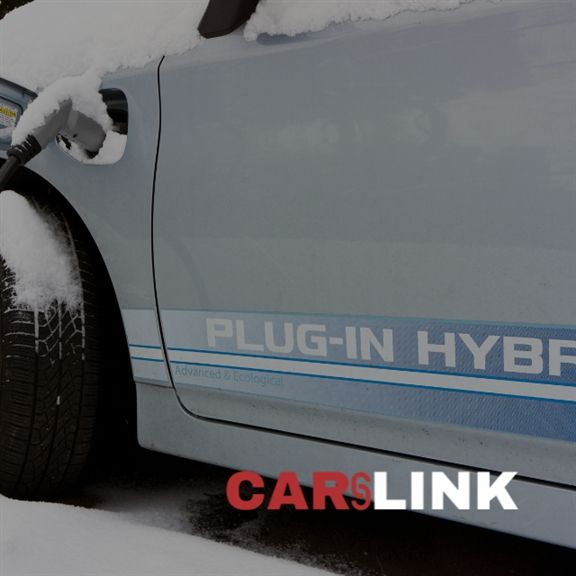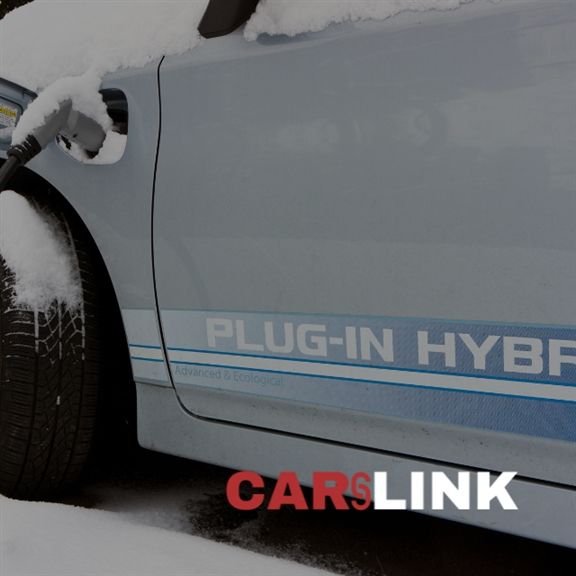
The Hybrid Revolution

In today's rapidly evolving automotive landscape, hybrid vehicles have emerged as more than just a transitional technology – they've become a cornerstone of sustainable transportation. At CarsLink, we're committed to helping our Luton community understand why hybrid vehicles aren't just surviving but thriving in 2025's complex automotive market. This comprehensive guide will explore every aspect of hybrid technology, market dynamics, and what it means for you as a consumer.
Breaking News: Latest Government Policy Changes
The UK Government has recently introduced significant changes to the Zero Emission Vehicle (ZEV) Mandate, reshaping the future of hybrid vehicles in Britain. Here's what you need to know:
Key Policy Updates
- Hybrid vehicles (both cars and vans) permitted for sale until 2035
- Original 2030 ban on new petrol and diesel cars remains in place
- Enhanced flexibility for manufacturers with adjusted EV sales quotas
- Extended CO2 savings transfer system through 2029
- Special provisions for small and micro-volume manufacturers
Impact on Consumers
- Extended availability of hybrid options
- Greater certainty in residual values
- More time to transition to zero-emission vehicles
- Enhanced infrastructure development timeline
- Clearer long-term planning possibilities
The Evolution of Hybrid Technology
Historical Context
- 1997: First mass-produced hybrid vehicle
- 2000-2010: Early adoption and technology refinement
- 2010-2020: Mainstream acceptance
- 2020-2025: Advanced integration and policy support
Understanding Hybrid Systems
1. Full Hybrids (HEV)
How They Work:
- Automatic switching between electric and petrol power
- Self-charging through regenerative braking
- No external charging required
Best For:
- Urban driving
- Regular commuting
- Low-emission zones
Advantages:
- No charging infrastructure needed
- Proven reliability
- Excellent fuel efficiency
- Lower maintenance costs
Limitations:
- Limited electric-only range
- Higher initial purchase cost
- Reduced boot space in some models
2. Plug-in Hybrids (PHEV)
System Overview:
- Larger battery capacity
- External charging capability
- Extended electric-only range
Ideal For:
- Mixed commuting patterns
- Access to home charging
- Regular short trips with occasional long journeys
Benefits:
- Significant electric-only range
- Lower running costs with regular charging
- Flexibility for various journey types
- Reduced company car tax
Considerations:
- Higher purchase price
- Charging infrastructure required
- Additional weight
- Reduced efficiency when battery depleted
3. Mild Hybrids (MHEV)
Technology Features:
- Small electric motor assistance
- Cannot run on electric power alone
- Regenerative braking system
Suited For:
- Cost-conscious buyers
- Those seeking improved efficiency
- Urban and motorway driving
Advantages:
- Lower cost than full hybrids
- Minimal complexity
- Better fuel economy than conventional vehicles
- Seamless operation
Limitations:
- No pure electric driving
- Smaller efficiency gains
- Limited tax benefits
Economic Analysis
Purchase Costs
- Initial investment comparison
- Government incentives
- Finance options
- Residual value projections
Running Costs
- Fuel Economy
- Average savings compared to conventional vehicles
- Real-world efficiency data
- Urban vs highway consumption
- Maintenance
- Scheduled service requirements
- Battery care costs
- Component longevity
- Specialist maintenance needs
- Insurance and Tax
- Insurance group variations
- Road tax benefits
- Company car tax implications
- Local authority incentives
Environmental Impact
Emissions Reduction
- CO2 output analysis
- Local air quality benefits
- Lifecycle emissions comparison
- Environmental policy compliance
Resource Efficiency
- Battery production impact
- Fuel consumption reduction
- Manufacturing environmental footprint
- End-of-life recycling
Practical Ownership Guide
Maximizing Efficiency
- Driving Techniques
- Optimal acceleration
- Regenerative braking usage
- Mode selection
- Battery management
- Maintenance Tips
- Regular service schedules
- Battery care
- Preventive maintenance
- Cost-saving practices
Charging Infrastructure (PHEVs)
- Home charging solutions
- Public charging networks
- Workplace charging
- Future infrastructure plans
Market Outlook
Current Trends
- Consumer preference shifts
- Manufacturing focus
- Technology advancement
- Infrastructure development
Future Predictions
- Battery technology evolution
- Price trends
- Market share projections
- Policy development
Expert Tips from CarsLink
Before Purchase
- Research different hybrid types
- Analyze driving patterns
- Calculate potential savings
- Evaluate charging options
During Ownership
- Regular maintenance scheduling
- Efficiency monitoring
- Battery care practices
- Performance optimization
Common Myths Debunked
Performance Myths
- Power and acceleration facts
- Range anxiety reality
- Battery longevity data
- Maintenance complexity truth
Cost Misconceptions
- Initial investment return rates
- Maintenance expense reality
- Battery replacement facts
- Resale value data